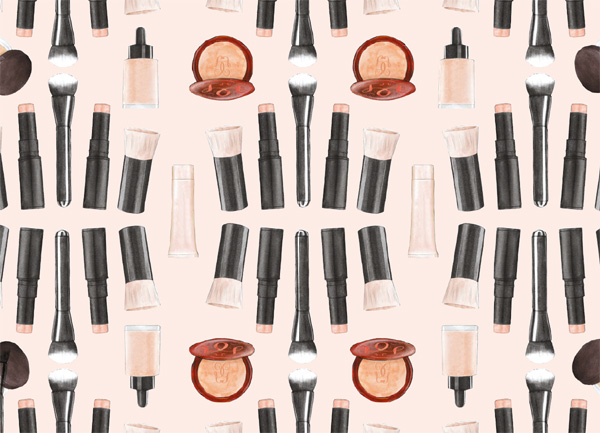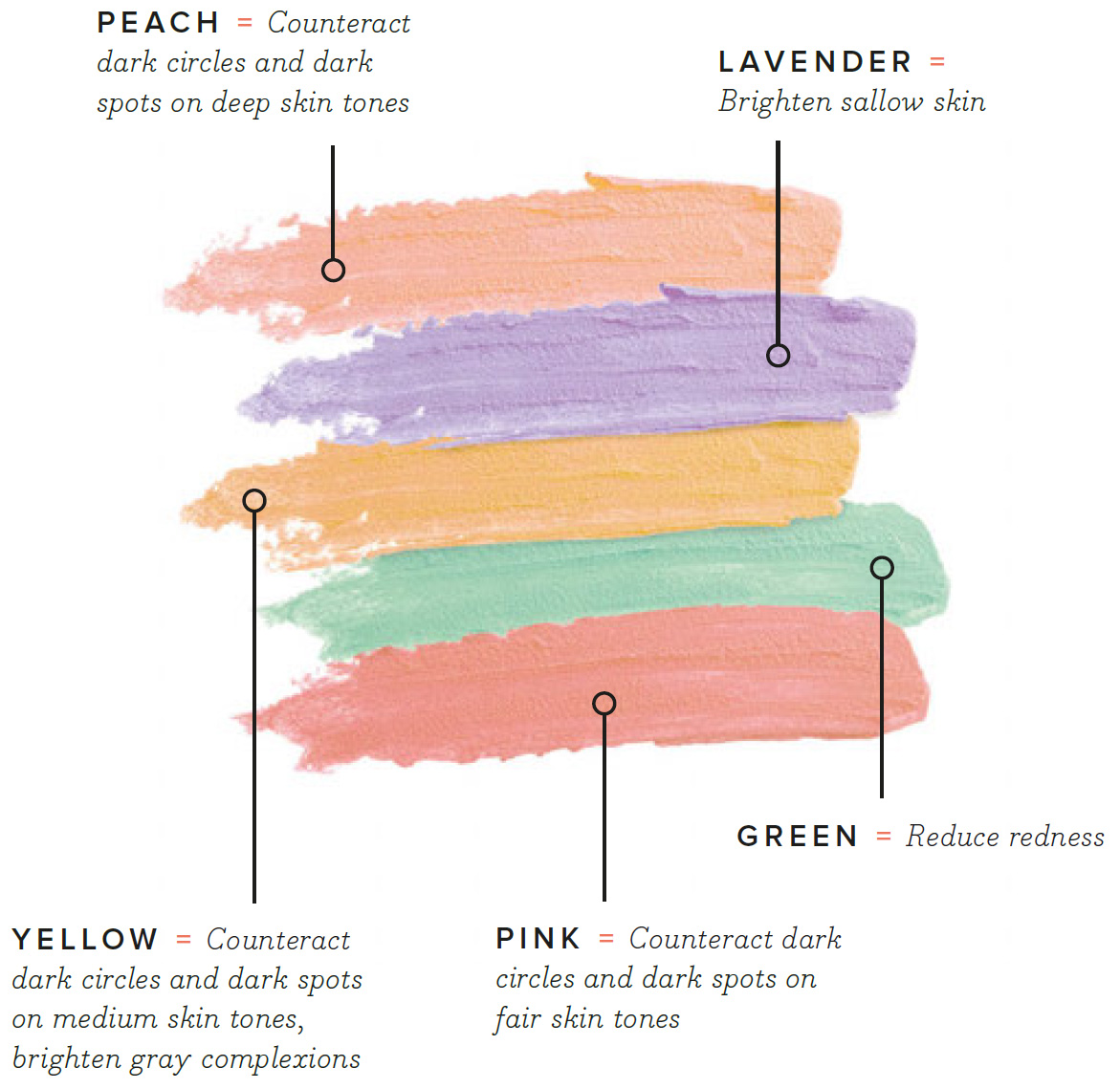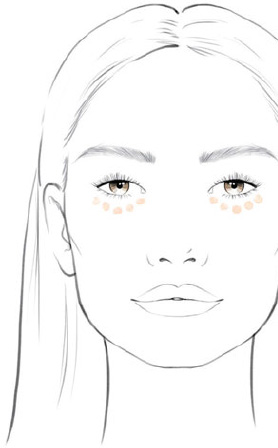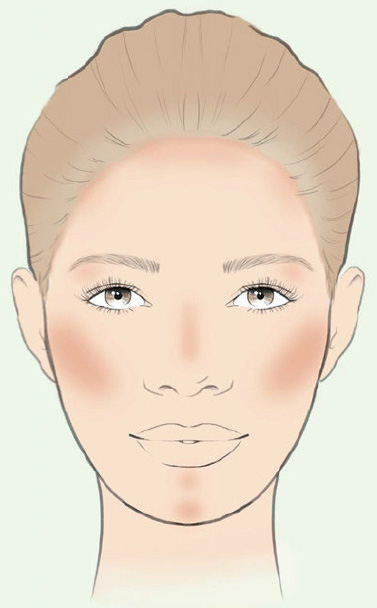
Complexion perfecting creams and liquids have the power to take you from natural to supernatural. Knowing how to navigate BB creams, foundations, and beyond is a lifelong skill, because good skin never goes out of style.
Whether you’re looking for a sheer wash of color or a full complexion overhaul, there’s a base for every skin need.
TINTED MOISTURIZER
This straightforward mix of sheer color and moisturizer supplies subtle coverage and hydration to your face. Best for those searching for a discreet pick-me-up for their complexions.
BB CREAM
The BB in BB cream stands for “beauty balm,” which marries the benefits of targeted skincare (think: hydration, SPF, and anti-aging properties) with a sheer wash of color. Best for those who want to tint with a focus on prevention and maintenance.
The CC in CC cream stands for “color correcting,” making this product group adept at combating redness or sallowness with, most often, light-diffusing particles and a skin-tone-warming tint. Best for those with uneven complexions looking to conceal existing issues.
FOUNDATION
The most opaque of bases, foundation provides a uniform color to your complexion. Available in sheer, medium, and full-coverage formulas, it’s best for those looking to significantly improve their complexions in a pinch, or for anchoring more dramatic makeup looks.
A good trick for finding the right shade of base makeup (foundation, tinted moisturizer, etc.) is to match it to the skin tone on your neck. You can also use the back of your hand if you’re consistent about wearing sunscreen on your face and are fairer-skinned there than the rest of your body. Leave the product on for a few minutes to see how it adjusts as it is absorbed into your skin. Note that your shades will likely change seasonally with your sun exposure.
Using your hands or a large foundation brush, apply a small amount of product to the center of your forehead, cheeks, and chin. Brush the product down to your chin, up to your hairline, and out toward your ears, creating the thinnest layer of coverage at the edges of the face for a seamless transition to your actual skin. If you need more coverage, add slowly. Remember that it’s easier to build up coverage than it is to tone it down.
TIP • To blend further, buff over product gently with a kabuki brush or makeup sponge, working in small circles.
TIP • For concentrated coverage under eyes or on blemishes, pat additional product onto problem areas with your fingers.
Color-correcting makeup camouflages dark circles, sallow complexions, and redness when applied beneath your base or concealer. And they’re surprisingly simple to navigate.

To cover dark circles, redness, and blemishes, concealer can be applied on clean skin or over foundation.

1 Look straight ahead into the mirror and dab a small amount of product under your eyes, wherever you’re dark (this varies from person to person based on the shape of your face and the shape of the space under your eyes). It’s better to build up coverage thoughtfully, step back, and add more where you really need it than to put on too much all at once.
TIP • Using a thin concealer under your eyes will help avoid getting pigment stuck in fine lines.
2 Using a small concealer brush or your finger, gently dab and blend the concealer together.

3 Blend the edges into your natural skin tone—be careful to only lighten the dark areas of your face. Adding concealer any lower than your dark areas will cancel out the dark coverage.
4 Cover areas of hyperpigmentation, red patches around the nose and chin, and blemishes. Be sure to blend edges away seamlessly. Applying concealer just beneath and above the eyebrows will give the appearance of a subtle facelift.
TIP • On the rest of the face, thicker concealers will provide more coverage without the danger of caking up.
Setting, finishing, and translucent powders are fairly interchangeable products that are designed to mattify areas of excessive shine, blur lines and imperfections, and set makeup for longer-lasting looks.

1 While the product is still closed, turn it over and tap once to release the powder to the surface of the package. Turn the product upright again, and, after opening, swirl a large powder brush to pick up the loose powder.

2 Tap the brush to remove any excess product. Then apply the powder in small circular motions onto skin anywhere you want to absorb oil, mainly concentrating on the center of the face (forehead, nose, and chin).

One of the most misused products in makeup, bronzer is most convincingly employed when limited to the high planes of the face, where the sun naturally hits the skin, rather than applied over the entire face as a universal wash.
Swirl a large bronzer brush into product, tap off excess pigment, and apply the bronzer along the tops of the cheekbones, along the hairline, and down the bridge of the nose. For an extra realistic sun-kissed effect, dab a bit of bronzer onto the chin and along the brow bone.
TIP • The more matte your powder and the cooler the tone (versus a warm tone, which can read as orange on the skin), the more believable it will look.